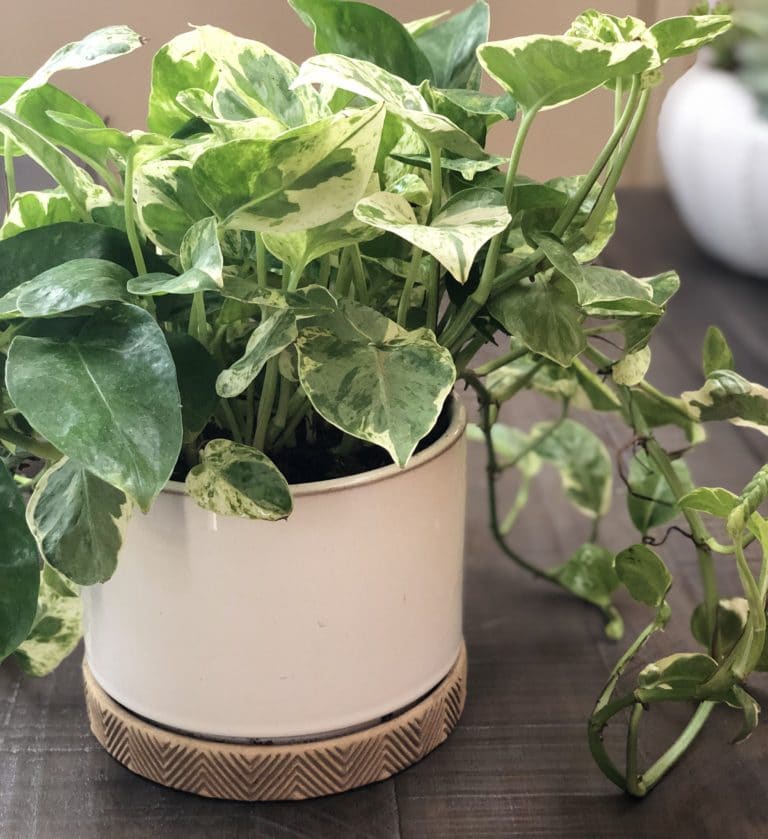
It is great for hanging baskets or to set on top of a cabinet or plant stand because of its long, slender, arching leaves. Pinstripe plants (Calathea ornata), aren’t as popular as some other houseplants, but they have they have such beautiful foliage and their popularity is growing. Periodically wipe dust and debris off the leaves with a clean, damp cloth. Dirty leaves cannot properly photosynthesize and you will see slowed or stunted plant growth. For plant lovers with more experience, staghorn ferns are stunning, bold houseplants that command the room’s attention.
Rabbit Foot Fern
Fiddleleaf fig has huge dark green, fiddle-shaped leaves, and decade after decade they remain a favorite houseplant, refusing to drop out of style. Prominently veined and glossy, the leaves grow to 15 inches long and 10 inches wide. Prune the top to make the plant bushy, and then root those stem tips (with a leaf attached) in water to propagate baby plants. Dracaena marginata has smooth gray stems, slender and erect, eventually growing to 20 feet. Stems end in crowns of narrow, leathery leaves ½ inch wide and up to 2 feet long. Dracaena is a great houseplant for darker spaces, looking especially nice in pairs for flanking doorways.
Peace Lily (Spathiphyllum)
These plants are known for their spadix flowers and the modified leaves that surround them in a range of colors from classic red to watermelon and more. Although the common dark green species are the most hardy and the most sought-after, there are a few cultivars of this award-winning plant to choose from. Some are speckled, while others feature stripes of different colors. With such wide variety, there’s bound to be something for everyone within this species. Variegated types do best in moderate to bright indirect light, and will shade to green in dim settings. The cast iron plant grows very slowly from rhizomes, forming dense clumps of foliage.
Golden Pothos (Epipremnum aureum)
A native of French Polynesia, it is mildly poisonous, so skip this one if you have young children or pets. And make sure to wear gardening gloves if you have sensitive skin. Almost impossible to kill, Sansevieria, also known as mother-in-law’s tongue or snake plant, is native to tropical West Africa. This low-light indoor plant has long, tall leaves with yellow or silvery-white stripes. While this is a low-maintenance plant, caring for snake plants does take time. During the growing season, water it regularly, and then cut back significantly on watering during the fall and winter.
Staghorn fern
Fertilize it every 2 to 3 weeks during the growing season, April to September. Another plant with a deceptive nickname, ponytail palm is not a palm. Its fountain-like leaves and swollen trunk base make it intriguingly attractive. Outdoors, in full sun, ponytail palm will grow to 30 feet tall, but in low-light conditions in a pot indoors, it grows to about 4 feet tall. They’re actually tropical perennials that can live for many years and make for great air-purifying plants. Known for their dark green leaves and white flowers, peace lilies thrive in low light.
Dumb cane houseplant (Dieffenbachia)
The tiny plantlets dangle down beneath the mother plant looking like spiders on a web. You can leave the babies to grow to create an attractive display or remove and pot them to propagate new plants. Now that you know which low-light houseplants are right for you and your space, it’s time to decorate! Use the tips below to match your personal style with the perfect low-light houseplant.
They are easy to care for and do well in moderate to high humidity conditions. Prayer plants are often at the top of everyone’s favorite plant list, which is popular among houseplant lovers. A type of Calathea, Prayer plants have striking patterned leaves in pink, white and green. Low-light houseplant species have various needs, so a one-size-fits-all care sheet is not feasible.
Pothos (Epipremnum Aureum)
Place the plant on a bookcase or shelf to encourage the vines to drape. These striking low-light houseplants make bold statements in any room but grow best when not overwatered. Rotate the plant regularly to provide consistent light to all sides.
Spider plant
To best protect these offspring, grow spider plant as a hanging plant. It’s important to note that all plants need some form of light—and a pitch-dark basement is very different from, say, a shady living room. While some plants tolerate and even grow under low-light conditions, keep in mind they’ll probably grow slower than if exposed to more light.
It can put up with loads and still happily slither and clamber over pretty much anything. As well as low light they also don't mind being grown in small pots. No, you must have a proper LED grow light with the lightwaves that plants need to make photosynthesis.
The large, two-toned—green and cream—leaves are the showstopper on dumb cane, also commonly called dieffenbachia. This fast grower can shoot up from a cutting to 2 feet tall in less than a year, although it will top out at 3 to 5 feet when grown indoors. While dumb cane tolerates low light, it does like more light in wintertime, if you can make that work.
The hardy indoor plant is perfect for beginners and survives in low light conditions. It tolerates low humidity, and won’t complain if you miss a watering every now and then. The common name for plants from the Aglaonema genus, Chinese evergreen are popular houseplants for low light conditions.
Something as simple as this small light might just be what your houseplants need, and it doesn’t take up much space. Bromeliads perform their best in low light conditions, and they come in tons of different colors of leaves and flowers. As common low light houseplants, dumb canes are pretty tolerant of any home environment, and they’re very beautiful too. Care for your ZZ plant just like you would treat succulents, but keep it out of direct sunlight, and it will look amazing!

Conditions like these aren't good for plants you want to grow and fill out a little bit, but otherwise, you can tuck it away in a dimly lit corner and it'll do you proud. A benefit of growing it in low light conditions will be the slow and stunted growth which almost freezes the plant in time. Ivy plants don’t like to dry out, so Steinkopf recommends keeping yours evenly moist at all times. If it’s watered frequently enough, your grape ivy can grow quickly. Try training one on a trellis or obelisk to make a vertical statement in your home. This lush bamboo palm plant is adaptable to low light conditions and brings a ton of greenery and life to your home.
8 houseplants that can live happily in low light - The Washington Post
8 houseplants that can live happily in low light.
Posted: Thu, 26 Oct 2023 07:00:00 GMT [source]
This type of philodendron has leaves that mimic the colors of a stunning sunset. But as it ages, the leaves will slowly transform into a rich green or copper hue. Best for indirect light or north-facing windowsills, you'll know if this plant needs more sun if new leaves are growing without colorful pigmentation.
Be careful not to overwater as snake plant is incredibly susceptible to root rot. I’ve covered this in my article about common snake plant problems. Temperatures below 50-55℉ can cause leaf drop so avoid placing them near leaky windows or cold drafts. Also known as mother-in-law’s tongue, snake plants grow best when fertilized during the spring and summer.













